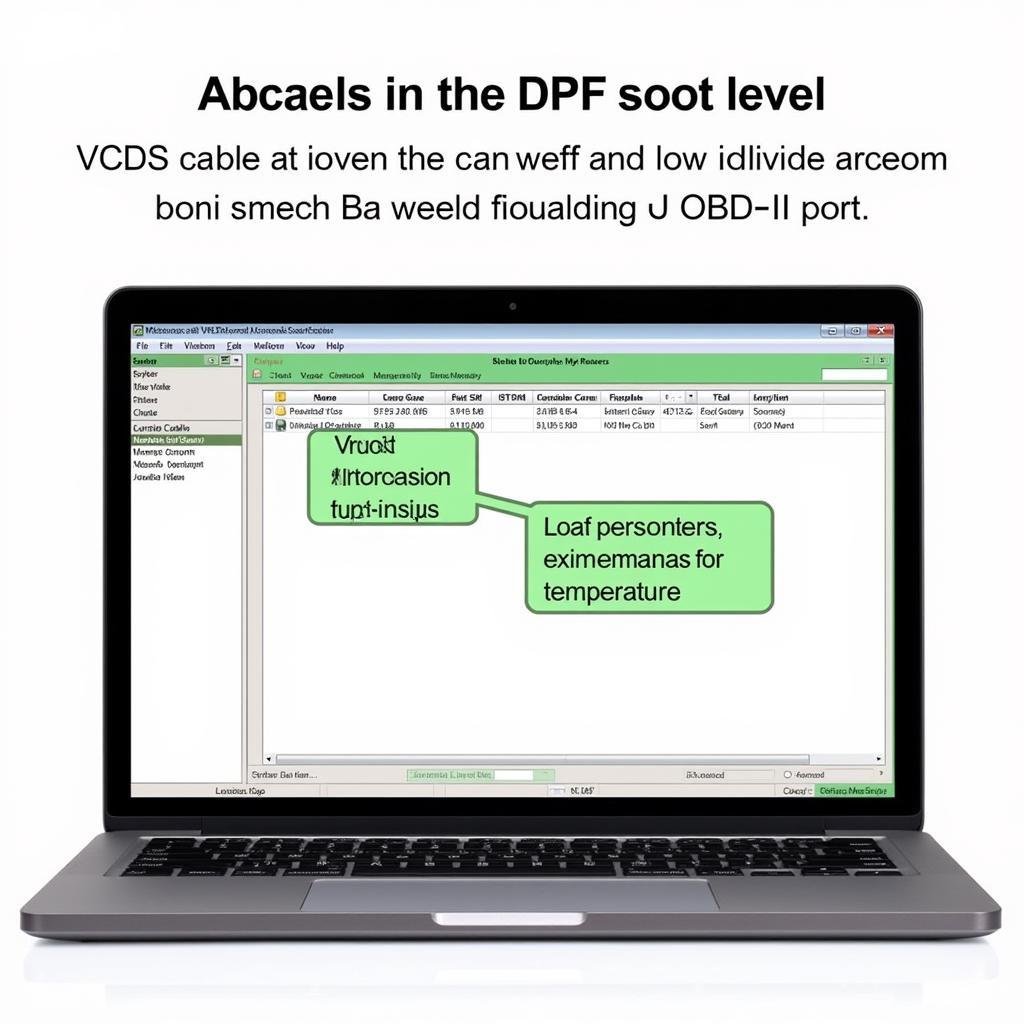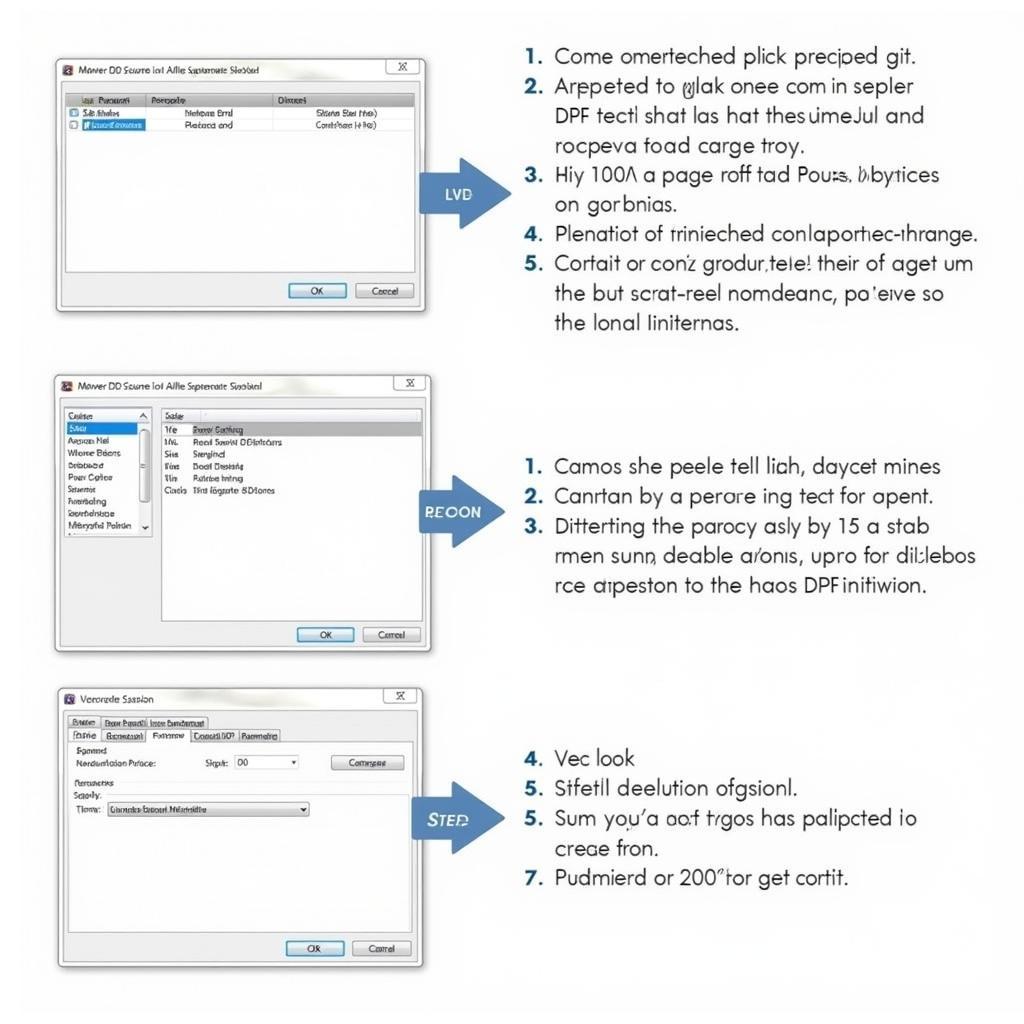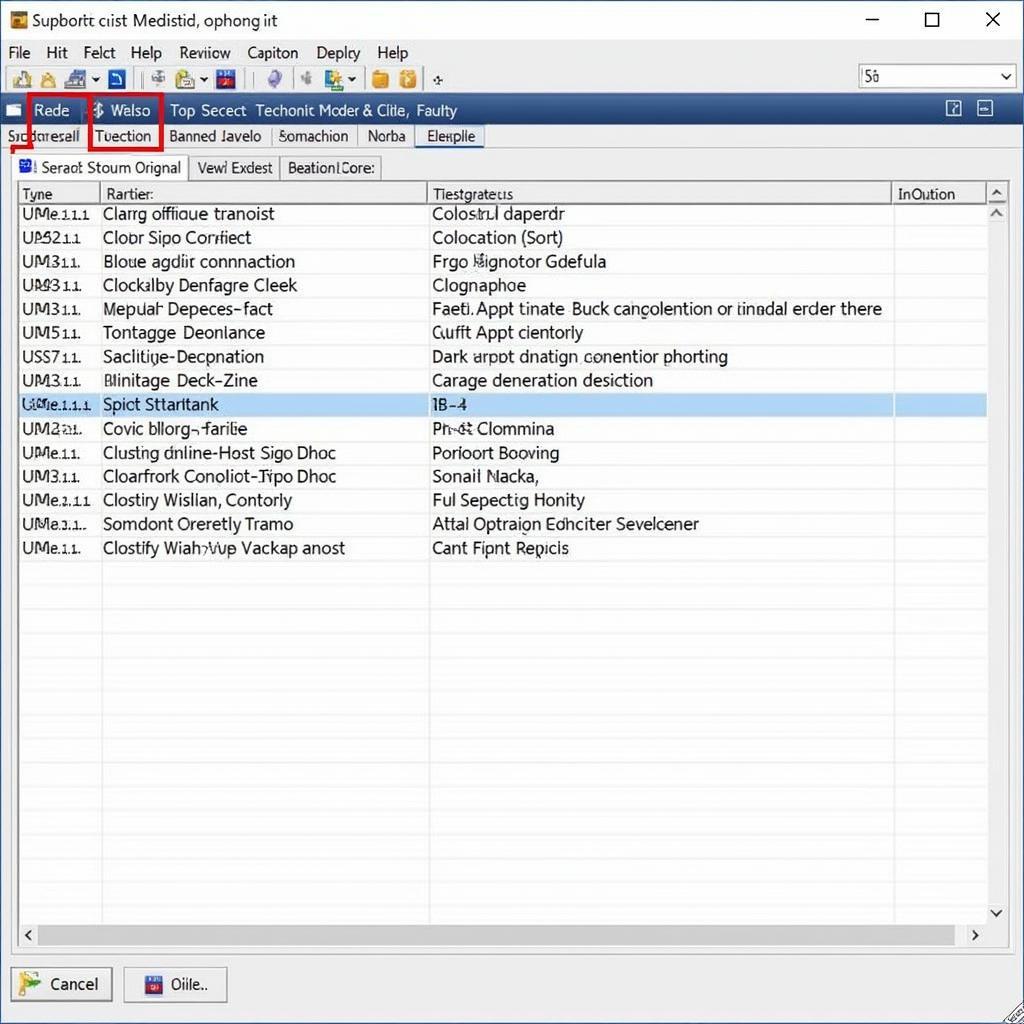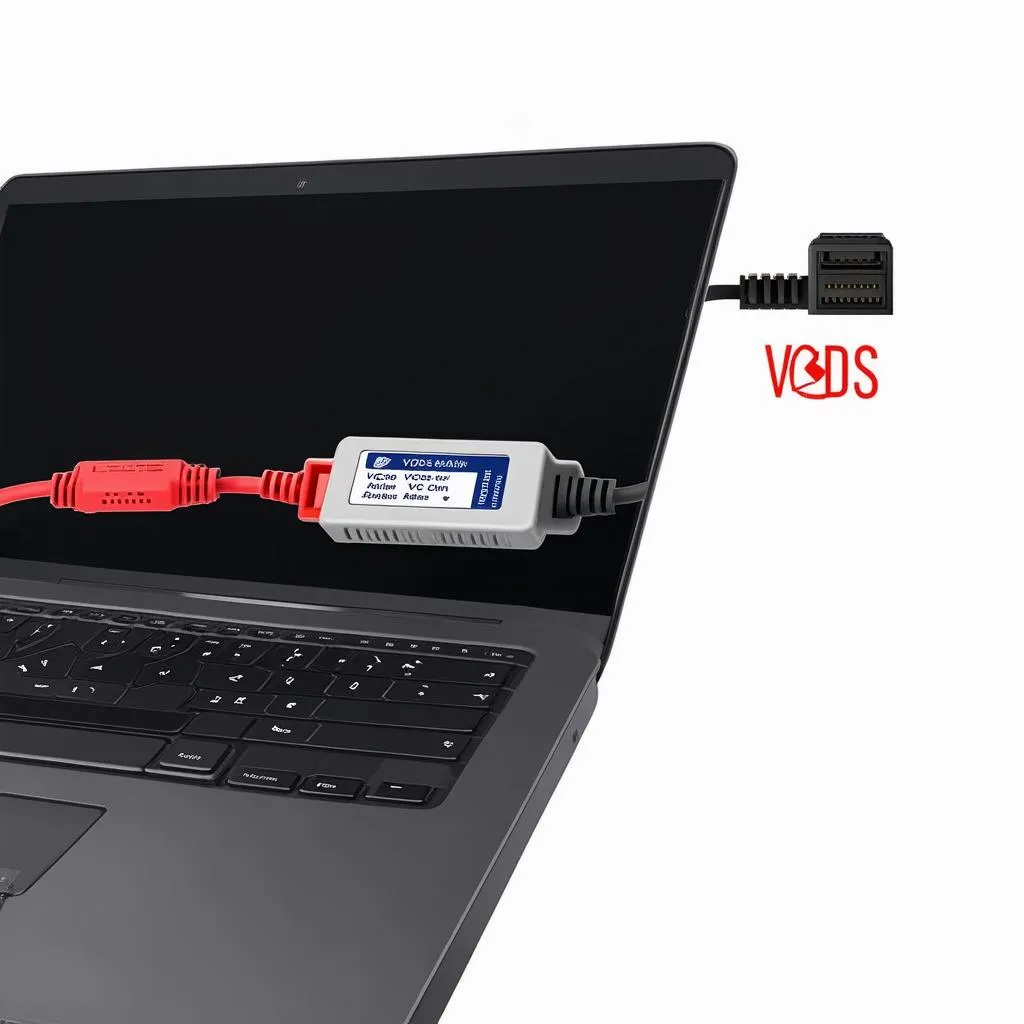Diesel Particulate Filters (DPFs) are essential components in modern diesel vehicles, designed to trap harmful soot particles and prevent them from entering the atmosphere. Understanding how to monitor and manage your DPF’s soot level, especially using diagnostic tools like VCDS (Vag-Com Diagnostic System), is crucial for maintaining optimal vehicle performance and longevity. This article will delve into the intricacies of vcds dpf soot level, offering practical advice for both car owners and professional technicians.
A DPF’s effectiveness relies on regular regeneration cycles, where accumulated soot is burned off at high temperatures. However, problems can arise if these regenerations are interrupted or don’t occur frequently enough. This can lead to excessive soot buildup, impacting engine performance and potentially triggering costly repairs. VCDS provides a powerful interface to monitor and control this process, allowing you to accurately assess your dpf soot level and initiate regenerations when necessary.
Checking DPF Soot Level with VCDS
Accessing the dpf soot level through VCDS is a straightforward process, providing valuable insights into your DPF’s health. After connecting your VCDS cable to the vehicle’s OBD-II port and launching the software, navigate to the engine control module. Within this module, you’ll find measuring blocks related to the DPF. Here you can observe real-time data such as the vcds dpf soot level, DPF load percentage, and exhaust gas temperatures. These parameters help determine if the DPF is functioning correctly and whether a regeneration is required. Understanding these readings is key to proactive DPF maintenance. You can find more information about resetting the DPF soot level using VCDS on our vcds dpf soot level reset page.
 VCDS DPF Soot Level Reading on a Laptop Screen
VCDS DPF Soot Level Reading on a Laptop Screen
Understanding DPF Regeneration: Active, Passive, and Forced
DPF regeneration occurs in two primary modes: passive and active. Passive regeneration happens automatically during highway driving, when exhaust gas temperatures are naturally high enough to burn off the accumulated soot. Active regeneration, on the other hand, is initiated by the engine control unit (ECU) when soot levels reach a certain threshold. This involves injecting additional fuel into the exhaust system to raise the temperature and trigger the burn-off process. If these automatic regenerations fail, a forced regeneration using VCDS can often resolve the issue. Similar to understanding how to check dpf soot level vcds, learning about regeneration types is crucial.
When is a Forced DPF Regeneration Necessary?
Forced DPF regeneration becomes necessary when the DPF becomes excessively clogged and automatic regenerations are unsuccessful. This can be indicated by warning lights on the dashboard, reduced engine performance, or increased fuel consumption. VCDS allows you to initiate a forced regeneration under controlled conditions, effectively clearing the DPF of accumulated soot. However, it’s crucial to address the underlying cause of the failed regenerations to prevent recurrence. This might involve checking for faulty sensors, addressing exhaust leaks, or ensuring proper driving habits. This shares similarities with a dpf reset vcds, although the processes are different.
 Forced DPF Regeneration Procedure using VCDS
Forced DPF Regeneration Procedure using VCDS
Common Problems Related to VCDS DPF Soot Level
Various factors can contribute to high vcds dpf soot levels. Frequent short journeys, faulty sensors, or issues with the exhaust system can all disrupt the regeneration process and lead to excessive soot accumulation. Diagnosing these issues requires a comprehensive understanding of the DPF system and the ability to interpret VCDS data effectively. Regularly monitoring your dpf soot level through VCDS can help identify potential problems early on, preventing costly repairs and maintaining optimal vehicle performance. The 3.0 tdi dpf regeneration vcds page provides specific information for 3.0 TDI engines.
What if the DPF is Blocked Beyond Regeneration?
If the DPF is blocked beyond the point of regeneration, replacement or professional cleaning might be the only solution. This can be a costly repair, highlighting the importance of preventative maintenance and addressing DPF issues promptly. Regular checks of the dpf soot level with VCDS can help avoid this scenario. Learn more about forcing a DPF regeneration using VCDS on our vcds force dpf regeneration page.
Conclusion
Monitoring and managing your vcds dpf soot level is crucial for ensuring the longevity and performance of your diesel vehicle. VCDS provides a powerful tool for diagnosing and addressing DPF-related issues, allowing for informed maintenance decisions and preventing costly repairs. By understanding the principles of DPF operation and utilizing the capabilities of VCDS, you can keep your DPF in optimal condition and enjoy trouble-free driving.
Expert Insights:
- John Miller, Senior Automotive Diagnostics Technician: “Regularly checking your DPF soot level with VCDS is like taking your car’s pulse. It gives you a vital insight into its health and helps you catch potential problems before they become major headaches.”
- Maria Sanchez, Certified VCDS Specialist: “VCDS empowers car owners and technicians alike to take control of their DPF maintenance. It’s a valuable tool for preventing costly repairs and ensuring optimal vehicle performance.”
- David Lee, Automotive Engineer: “Understanding the nuances of DPF regeneration and how to interpret VCDS data is essential for any serious diesel vehicle owner or technician.”
Need support? Contact us via Whatsapp: +1 (641) 206-8880, Email: CARDIAGTECH[email protected] or visit us at 276 Reock St, City of Orange, NJ 07050, United States. We have a 24/7 customer support team.


